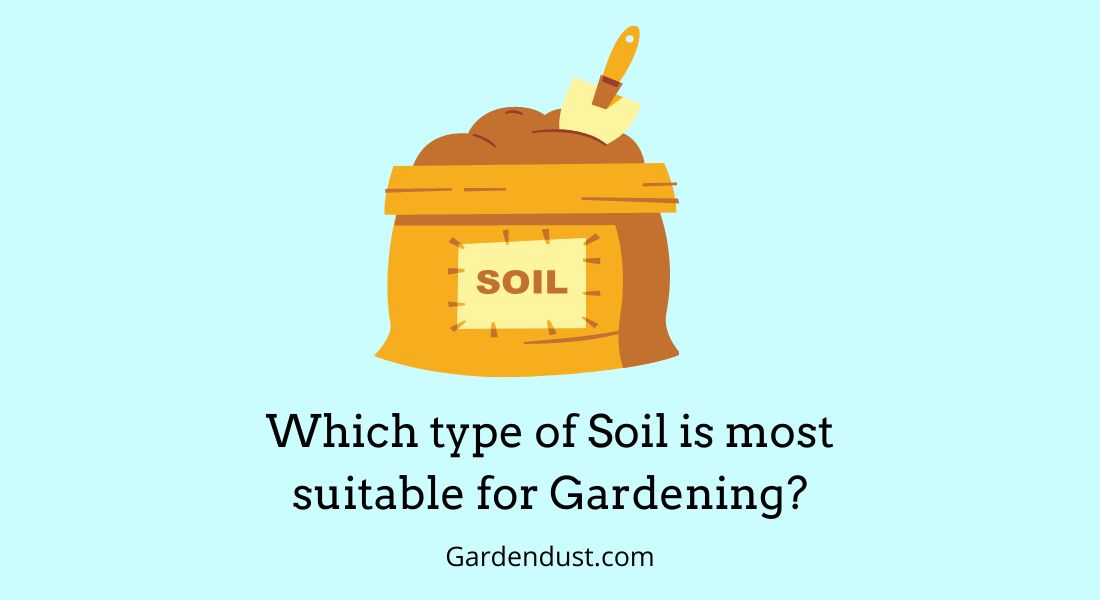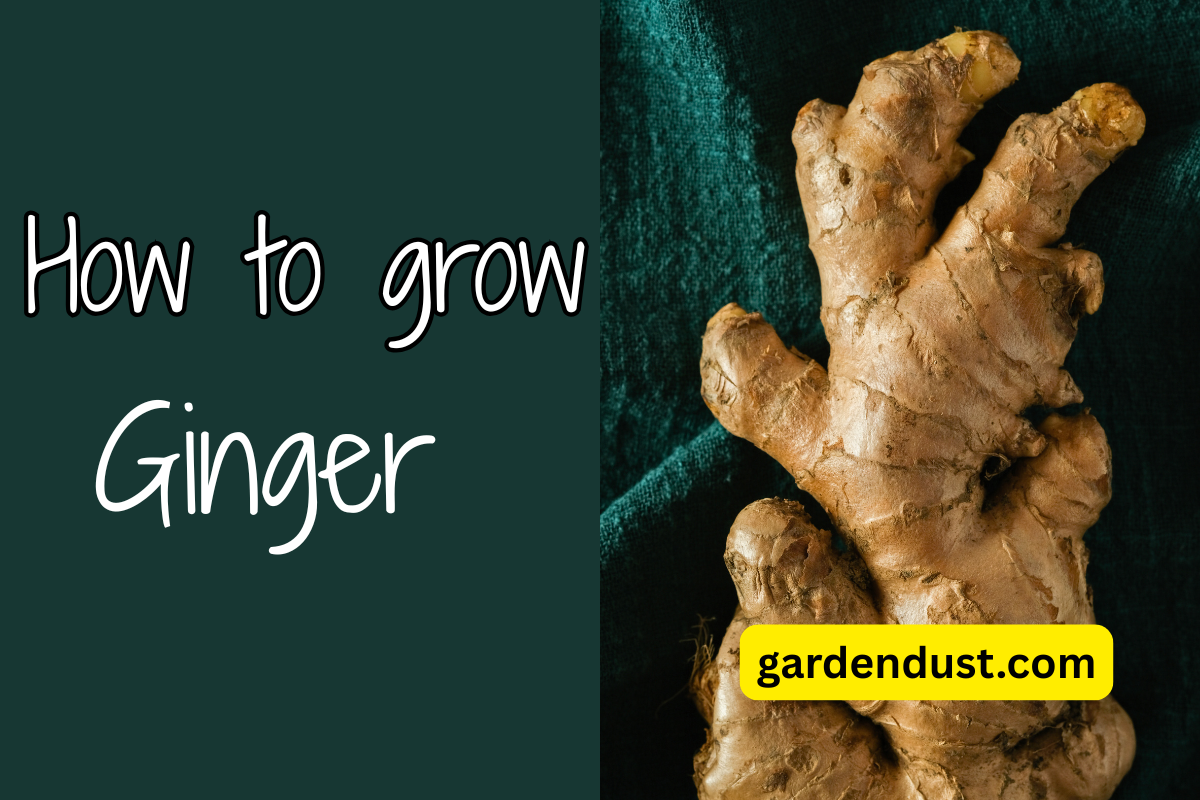Hello Gardeners…
If you are going to prepare a new Garden or already growing vegetables, then you must have often thought Which type of soil is most suitable for gardening? Sometimes due to bad soil, all your hard work gets spoiled or you do not get the desired result.
Right now our country does not have as much garden culture as it is in European or American countries, however, a big reason for this is that in those countries there is a huge yard with a house, whereas we have a big problem with space here.
For this reason, we do not know about many things related to gardening, so it is necessary to start with general things that can be applied to all plants and gradually collect specific information as the information increases.
How to check suitable soil for gardening?
Before the soil is suitable for the garden soil, whether it is from your garden, whether the soil you want to use by putting in pots, it is an easy method to check how its texture is.
If you want to grow vegetables in your garden, then first dig the garden 8 to 10 inches with the help of a shovel. If there is grass or weeds in it, then remove it.
Now take a handful of clay in one hand and squeeze it, now 2 things can happen by doing this –
If Clay is Clayish
In this way, squeezing the soil in a fist makes a hard ball of soil, which does not crumble when pressed by hand, then the clay in the soil of the garden, which is used to make pots, is more, which is the growth of plants. not good for pots made from clay or clay
If the soil is sandy
If an earthen ball is not formed by squeezing the fist, it means that the soil of the garden is very sandy, too much sandy soil is also not good for the growth of plants. loamy soil becomes too friable
Which type of soil is most suitable for gardening?
If a clay ball is formed by squeezing the soil and it breaks when it is pressed, then such soil is considered right for the garden, and it would be best to use it.
Proper pH Value for Garden
The pH value of the soil is very important for the garden, due to the difference in pH value, the process of flowering and fruit formation on plants is more or less, which we do not understand. Even after doing everything right, we think that is why we are not getting success.
In general, the pH value of garden soil should be between 6 and 7. If you want to grow vegetables for a seriously long time then you can buy a pH meter which will be available for up to Rs 500-600. The pH value can be increased or decreased as per the requirement.
How to Make Soil Suitable For Garden
Under the process of making soil suitable for the garden, some simple methods can rectify any deficiency in the soil.
To reduce clay
Due to the high content of clay in the soil, the soil particles stick together and water stagnates in them at the same time it preventing the growth of roots. Roots cannot grow even due to a lack of oxygen.
By using gypsum, clay can be nourished as well as loose. The chemical name of gypsum is calcium sulfate dehydrate. It is the combination of calcium sulfate and water – CaSO4॰2H2O
Use 1.5 kg of Gypsum for 100 square feet (10×10) space. Sprinkle it over the soil and mix it well with a rolling pin or tool.
Also Read:
To Improve clay soil
Roots will not be able to hold properly when the soil is completely sandy and the plant will not be able to balance when it is big and full. Any kind of compost can be used to deal with this problem.
Spread a 2- to 3-inch layer of decomposed cow dung or vermicompost from the market all over the garden and mix it well with a shovel or any tool.
Compost increases the number of nutrients in the soil as well as lowers the pH of the soil.
To increase the pH value
If you know the pH value of your soil and it is less than 6, you will need to increase it as the ideal pH value for vegetables should be between 6 and 7.
With lime, you can reduce the acidity of the soil, reducing the acidity increases the pH. For this, by spreading 1 kg of lime in a 100 square feet area, you can mix it.
Precautions while preparing the soil for garden
To grow vegetables in the garden, it is essential to have the right potting mix, the soil of the pot should be such that there is proper nutrition as well as good Drainage, Aeration, and Moist.
Soil preparation method
For this, you can mix garden or any field soil, cocopeat, river sand, and manure in this ratio –
• Garden soil 50%
• Cocopit 10 %
• River sand 10%
• Rotten manure of cow dung 30%
Bonemeal and Neem leaves can also be added 1-1 handful per pot.
- In this mix, 5-10% going up and down will not make much difference, sometimes some friends take the percentage very seriously.
- Do not add sand if your soil is already sandy.
- Keep Garden Soil and Cocopeat up to 60% in total, you can increase them a little more like a soil diet of 40%
- If you keep it, you can add up to 20% of the coconut.
- Dung manure has been asked to be added so that the cost of the mixture can be reduced. The rest can be mixed with cow dung and vermicompost or a combination of both can also be mixed.
Sterilization of soil in strong sunlight
Before the rains in the summer season i.e. May-June, when there is strong sunlight, then you can show the strong sunlight by spreading the soil put in your pots on the roof.
You may not find it easy, but if you spread the potting mix to be used further in such open sunlight, then the soil becomes sterile and the fungus and other harmful bacteria present in it are eliminated, that too for free.
End Note
Whether you are going to grow vegetables in the ground or in containers. You have to prepare suitable soil for the garden 3 weeks before planting so that the soil and all the elements can adjust well.
Hope you have got good information related to suitable soil for vegetables and this time you will be able to grow a lot of vegetables at your home by yourself.
How did you like this information, do tell us by commenting, and definitely press the like button given below, stay connected to hindigarden.com for interesting and useful information related to similar trees and plants, thank you.
Happy Gardening…







